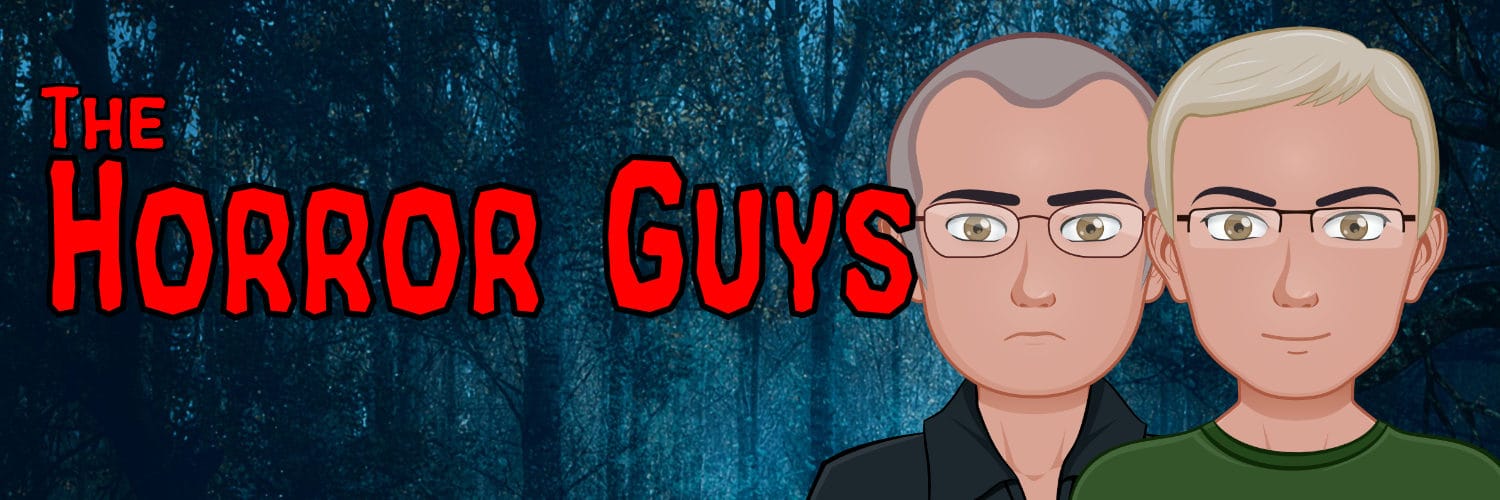- Directed by Sarah Appleton, Phillip Escort
- Written by Sarah Appleton, Phillip Escort
- Stars Dean Alioto, Stefan Avalos, James, Cullen Bressak, Patrick Brice
- Run Time: 1 Hour, 41 Minutes
- Trailer: https://www.youtube.com/watch?v=-qoBs2peaMU

Spoiler-Free Judgment Zone
There aren’t many spoilers to spoil in this. It’s a documentary about the found-footage genre of movies. It’s really well put together, interviewing many people who have worked in the field and who know their stuff. Very interesting and worth the watch.
Synopsis
We start out with the definition of found footage: film that was supposedly shot by characters in the story, usually found after the filmmakers have gone missing. The camera and camera operators are characters within the story. The footage was literally “found” and may not have been intended to be seen. It offers authenticity and realism that doesn’t come through in normal films. It also allows a much lower quality, since these were never intended to be watched; they are not a final product. As various filmmakers explain all this, we see clips from their films.
The genre is credited to start with the original novel of “Dracula,” based on found letters and diary entries. “Frankenstein” was also the same, with someone recollecting all the activities of the book. The “War of the Worlds” broadcast in 1934 was along the same lines, pretending it was all real as the program developed.
Then they get into early found footage films of the 60s and early 70s. “Peeping Tom,” “Mondo Cane,” and “Cannibal Holocaust” are discussed.
The various tropes of found footage are discussed, things like asking “Why are you still filming?” To be believable, there has to be a reason for the filming to be happening. There was a lot of overlap at the time between documentary reporting and reconstructions used in reality TV.
Then the Internet came along, and that brought a whole new aspect to the genre: webcasting, live-casting, and eventually, Zoom and conferencing. The technology for film editing evolved around the same time, and it was much easier for anyone to make a film, so why not incorporate that into a film?
This leads right into the believed-reality of the “Blair Witch Project.” It was almost too specific, which made it hard to duplicate afterwards. Everything was going to look like a copycat. After this, “torture porn” took off, and that combined really well with the “reality” aspect of found footage.
YouTube came along next, and now everyone was taping everything, which makes the genre’s conceit much more believable. If everyone is recording, some of them are going to catch something really weird once in a while, right?
There’s discussion of “Diary of the Dead” and “Zombie Diary” and who copied whom. “Lake Mungo,” “Rec,” “Noroi: The Curse,” “Cloverfield,” and then “Paranormal Activity” are discussed. Even “What We Do in the Shadows” and “Trollhunter” are discussed.
We wrap up with discussion of newer films like “One Cut of the Dead,” “Host,” “Unfriended,” and projections of what’s coming in the future. Deep Fakes and fake footage might be one of those ideas whose time is coming.
Commentary
I’m sure that the first found footage I watched would have been the obvious one, “The Blair Witch Project” (1999). It was interesting to see that there were so many films that did it before Blair Witch. They go into how the timing and methods were just right to make it a huge hit, the Internet spread, fan word of mouth, and so forth.
I think they stretch the definition to include various fake-documentaries like “What We do in the Shadows,” which in my opinion, isn’t found footage.
Still, we added a bunch of films we haven’t seen to our “to watch” list, and you’ll be hearing more about those in future weeks . If you enjoy the genre, this is a pretty good overview of the history. The genre is older than you probably think, but it’s still one of the newer genres overall.

